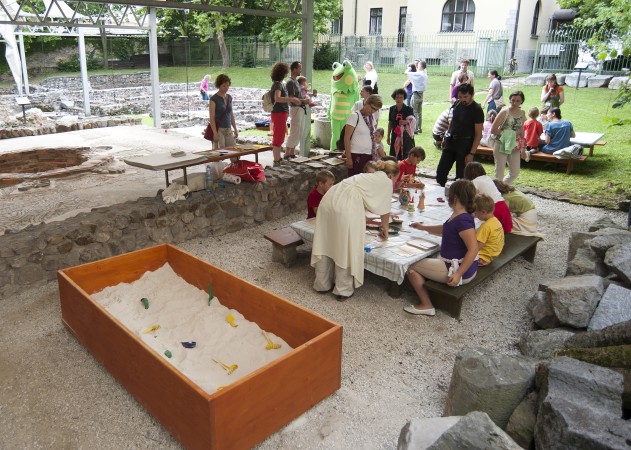Early Christian Centre Arhaeological Park

© Dunja Wedam

© Dunja Wedam

© D. Wedam

© Dunja Wedam

© Dunja Wedam

© Dunja Wedam

© Dunja Wedam

